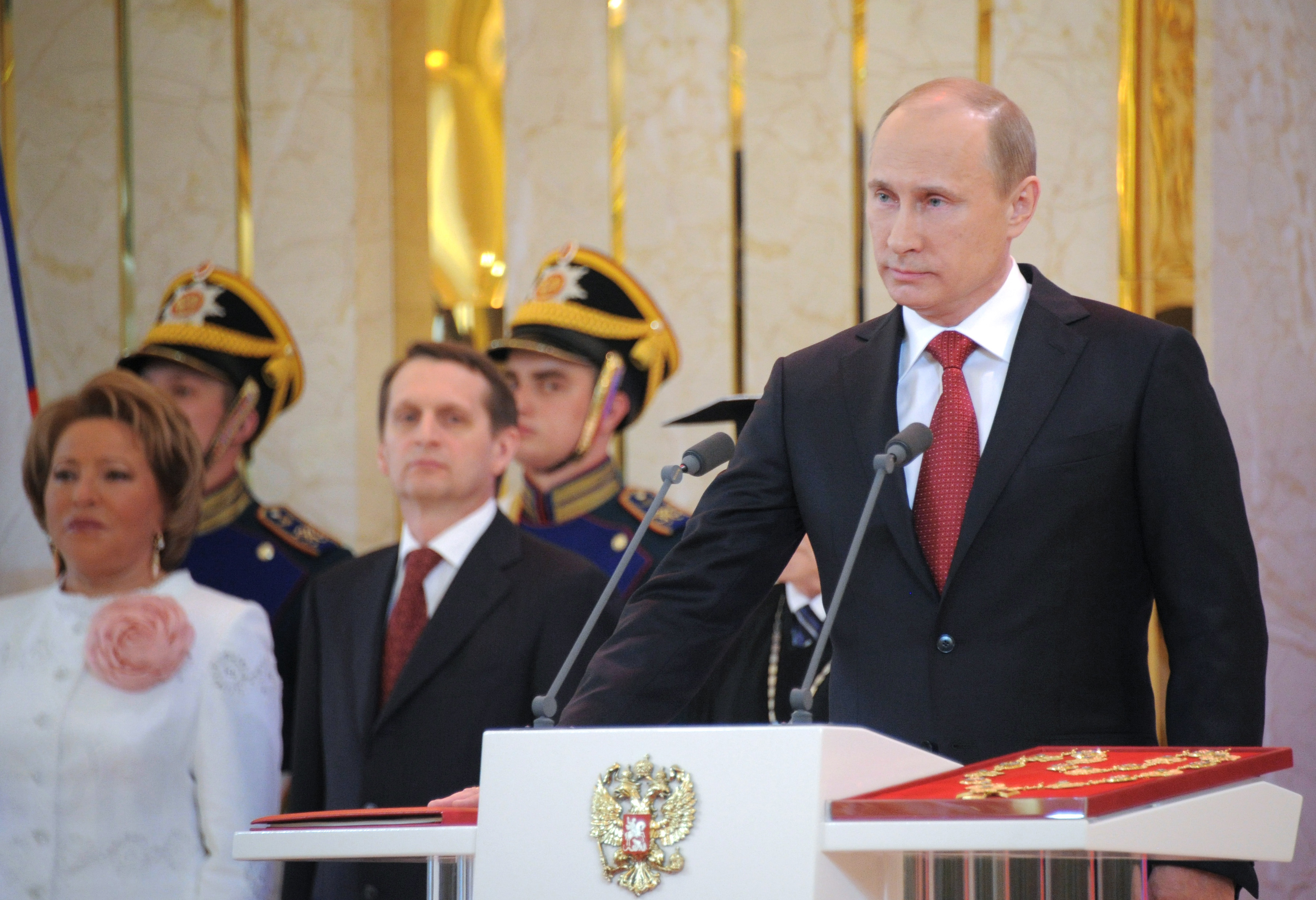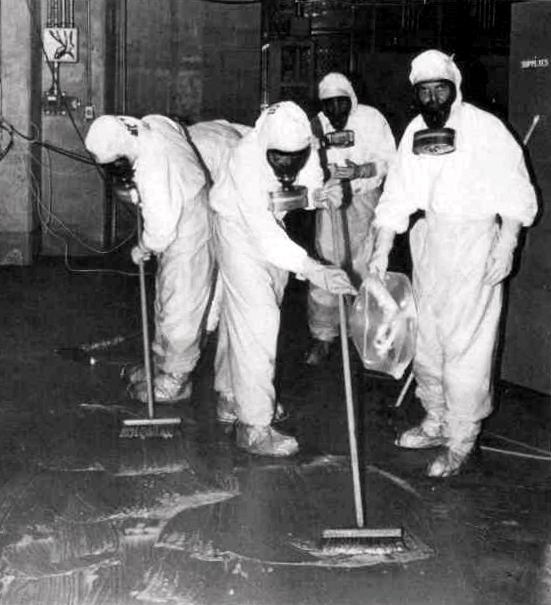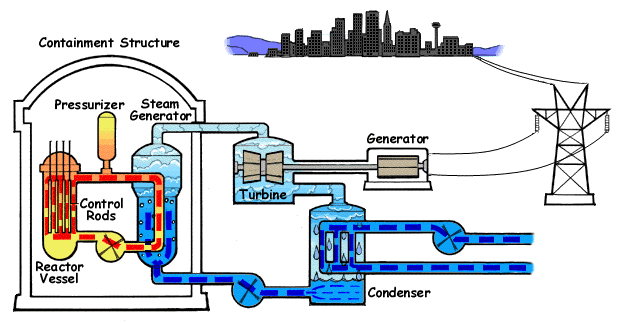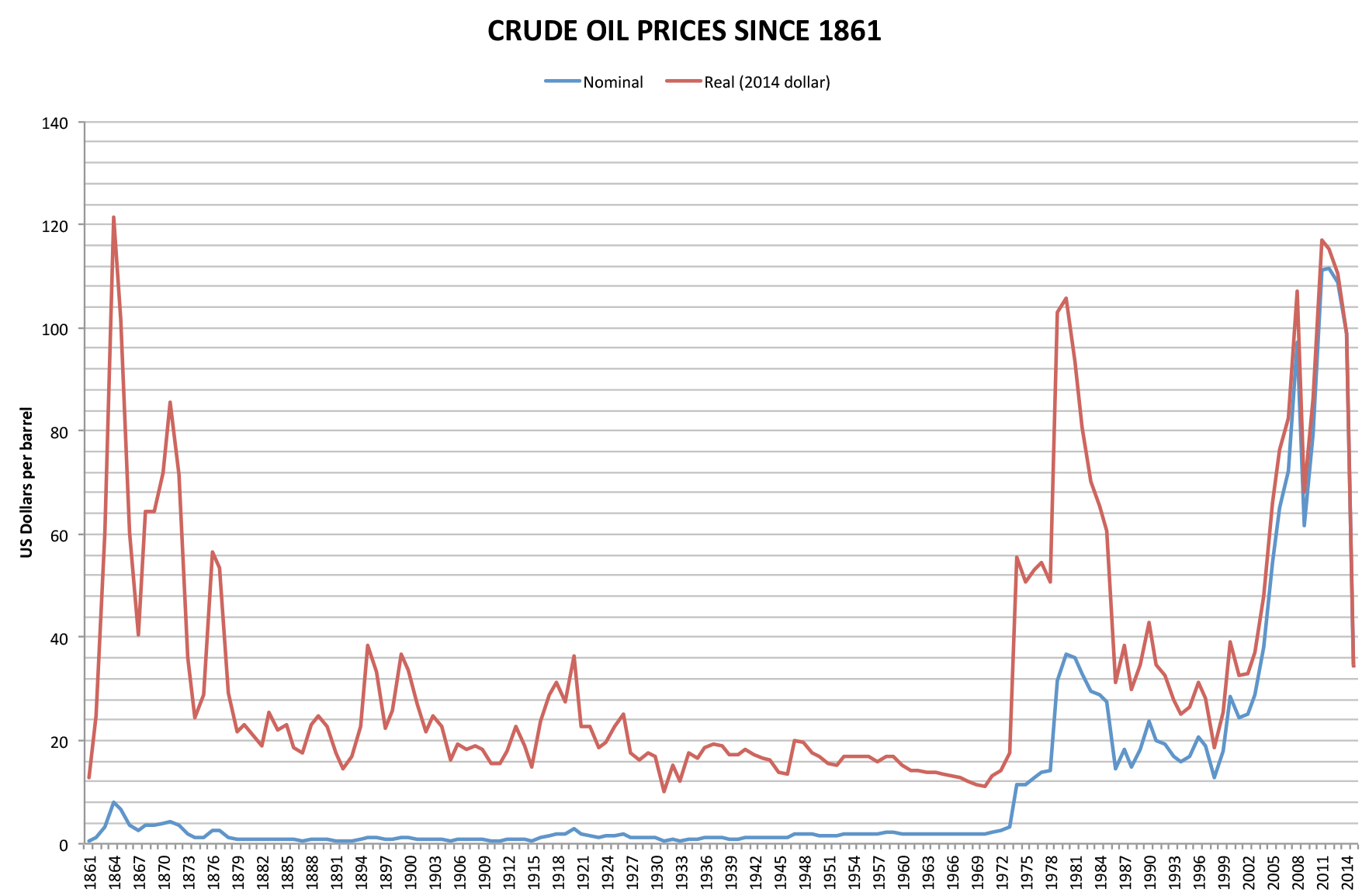|
Nuclear Power In Hungary
In Hungary, nuclear energy plays a decisive role in the national energy mix, While in 2006, only 38 percent of the country's electricity came from nuclear fission, by 2014 that proportion had risen to over 53 percent. It is predicted that rate of around 50 percent will be permanent in the near future. Beginnings The first Hungarian nuclear reactor was built at Csillebérc (located in Budapest's 12th district) in 1959. The then 2 MWe reactor has been refurbished and modified several times over the last decades, and after its recent conversion its capacity has increased to 10 MW. The reactor was primarily used for research purposes, as well as for the training of the future Hungarian nuclear experts. Experiences gained by the first nuclear reactor had been also used at the Paks Nuclear Power Plant. The Hungarian Nuclear Power Plant Construction on the first Hungarian commercial nuclear reactors began after the oil crisis in 1974. The Paks Nuclear Power Plant Company (PAV) w ... [...More Info...] [...Related Items...] OR: [Wikipedia] [Google] [Baidu] |
Hungary
Hungary ( hu, Magyarország ) is a landlocked country in Central Europe. Spanning of the Carpathian Basin, it is bordered by Slovakia to the north, Ukraine to the northeast, Romania to the east and southeast, Serbia to the south, Croatia and Slovenia to the southwest, and Austria to the west. Hungary has a population of nearly 9 million, mostly ethnic Hungarians and a significant Romani minority. Hungarian, the official language, is the world's most widely spoken Uralic language and among the few non-Indo-European languages widely spoken in Europe. Budapest is the country's capital and largest city; other major urban areas include Debrecen, Szeged, Miskolc, Pécs, and Győr. The territory of present-day Hungary has for centuries been a crossroads for various peoples, including Celts, Romans, Germanic tribes, Huns, West Slavs and the Avars. The foundation of the Hungarian state was established in the late 9th century AD with the conquest of the Carpathian Basin by Hungar ... [...More Info...] [...Related Items...] OR: [Wikipedia] [Google] [Baidu] |
VVER
The water-water energetic reactor (WWER), or VVER (from russian: водо-водяной энергетический реактор; transliterates as ; ''water-water power reactor'') is a series of pressurized water reactor designs originally developed in the Soviet Union, and now Russia, by OKB Gidropress. The idea of such a reactor was proposed at the Kurchatov Institute by Savely Moiseevich Feinberg. VVER were originally developed before the 1970s, and have been continually updated. As a result, the name VVER is associated with a wide variety of reactor designs spanning from generation I reactors to modern generation III+ reactor designs. Power output ranges from 70 to 1300 MWe, with designs of up to 1700 MWe in development. The first prototype VVER-210 was built at the Novovoronezh Nuclear Power Plant. VVER power stations have mostly been installed in Russia and the former Soviet Union, but also in China, the Czech Republic, Finland, Germany, Hungary, Slovakia, Bulgaria, Indi ... [...More Info...] [...Related Items...] OR: [Wikipedia] [Google] [Baidu] |
Vladimir Putin
Vladimir Vladimirovich Putin; (born 7 October 1952) is a Russian politician and former intelligence officer who holds the office of president of Russia. Putin has served continuously as president or prime minister since 1999: as prime minister from 1999 to 2000 and from 2008 to 2012, and as president from 2000 to 2008 and since 2012. Putin worked as a KGB foreign intelligence officer for 16 years, rising to the rank of lieutenant colonel before resigning in 1991 to begin a political career in Saint Petersburg. He moved to Moscow in 1996 to join the administration of president Boris Yeltsin. He briefly served as director of the Federal Security Service (FSB) and secretary of the Security Council of Russia, before being appointed as prime minister in August 1999. After the resignation of Yeltsin, Putin became Acting President of Russia and, less than four months later, was elected outright to his first term as president. He was reelected in 2004. As he was constitutionall ... [...More Info...] [...Related Items...] OR: [Wikipedia] [Google] [Baidu] |
President Of Russia
The president of the Russian Federation ( rus, Президент Российской Федерации, Prezident Rossiyskoy Federatsii) is the head of state of the Russian Federation. The president leads the executive branch of the federal government of Russia and is the commander-in-chief of the Russian Armed Forces. It is the highest office in Russia. The modern incarnation of the office emerged from the president of the Russian Soviet Federative Socialist Republic (RSFSR). In 1991, Boris Yeltsin was elected president of the RSFSR, becoming the first non Communist Party member to be elected into Soviet politics. He played a crucial role in the dissolution of the Soviet Union which saw the transformation of the RSFSR into the Russian Federation. Following a series of scandals and doubts about his leadership, violence erupted across Moscow in the 1993 Russian constitutional crisis. As a result, a new constitution was implemented and the 1993 Russian Constitution remains ... [...More Info...] [...Related Items...] OR: [Wikipedia] [Google] [Baidu] |
Bátaapáti
Bátaapáti is a village in Tolna County, Hungary Hungary ( hu, Magyarország ) is a landlocked country in Central Europe. Spanning of the Carpathian Basin, it is bordered by Slovakia to the north, Ukraine to the northeast, Romania to the east and southeast, Serbia to the south, Croatia a .... References Populated places in Tolna County {{Tolna-geo-stub ... [...More Info...] [...Related Items...] OR: [Wikipedia] [Google] [Baidu] |
Spent Fuel
Spent nuclear fuel, occasionally called used nuclear fuel, is nuclear fuel that has been irradiated in a nuclear reactor (usually at a nuclear power plant). It is no longer useful in sustaining a nuclear reaction in an ordinary thermal reactor and depending on its point along the nuclear fuel cycle, it may have considerably different isotopic constituents. The term "fuel" is slightly confusing, as it implies a combustion of some type, which does not occur in a nuclear power plant. Nevertheless, this term is generally accepted. Nature of spent fuel Nanomaterial properties In the oxide fuel, intense temperature gradients exist that cause fission products to migrate. The zirconium tends to move to the centre of the fuel pellet where the temperature is highest, while the lower-boiling fission products move to the edge of the pellet. The pellet is likely to contain many small bubble-like pores that form during use; the fission product xenon migrates to these voids. Some of this xenon ... [...More Info...] [...Related Items...] OR: [Wikipedia] [Google] [Baidu] |
Auxiliary Feedwater
Auxiliary feedwater is a backup water supply system found in pressurized water reactor nuclear power plant A nuclear power plant (NPP) is a thermal power station in which the heat source is a nuclear reactor. As is typical of thermal power stations, heat is used to generate steam that drives a steam turbine connected to a electric generator, generato ...s (PWRs). This system, sometimes known as emergency feedwater, can be used to cool the reactor, if normal feedwater to the steam generators fails to work. It works by pumping water to the steam generators from reserve tanks or a larger body of water (e.g. lake, river, or ocean) to remove decay heat from the reactor by dumping non-radioactive steam to atmosphere or using this steam to drive turbine driven auxiliary feedwater pump(s). The auxiliary feedwater system in PWRs are often equipped with ''motor driven'' aux feedwater pumps, and, as an additional measure, ''turbine driven'' aux feedwater pump that is driven not by elec ... [...More Info...] [...Related Items...] OR: [Wikipedia] [Google] [Baidu] |
Nuclear Safety
Nuclear safety is defined by the International Atomic Energy Agency (IAEA) as "The achievement of proper operating conditions, prevention of accidents or mitigation of accident consequences, resulting in protection of workers, the public and the environment from undue radiation hazards". The IAEA defines nuclear security as "The prevention and detection of and response to, theft, sabotage, unauthorized access, illegal transfer or other malicious acts involving nuclear materials, other radioactive substances or their associated facilities". This covers nuclear power plants and all other nuclear facilities, the transportation of nuclear materials, and the use and storage of nuclear materials for medical, power, industry, and military uses. The nuclear power industry has improved the safety and performance of reactors, and has proposed new and safer reactor designs. However, a perfect safety cannot be guaranteed. Potential sources of problems include human errors and external eve ... [...More Info...] [...Related Items...] OR: [Wikipedia] [Google] [Baidu] |
Pressurized Water Reactor
A pressurized water reactor (PWR) is a type of light-water reactor, light-water nuclear reactor. PWRs constitute the large majority of the world's nuclear power plants (with notable exceptions being the UK, Japan and Canada). In a PWR, the primary nuclear reactor coolant, coolant (water) is pumped under high pressure to the reactor core where it is heated by the energy released by the Nuclear fission, fission of atoms. The heated, high pressure water then flows to a Water-tube boiler, steam generator, where it transfers its thermal energy to lower pressure water of a secondary system where steam is generated. The steam then drives turbines, which spin an electric generator. In contrast to a boiling water reactor (BWR), pressure in the primary coolant loop prevents the water from boiling within the reactor. All light-water reactors use ordinary water as both coolant and neutron moderator. Most use anywhere from two to four vertically mounted steam generators; VVER reactors use horizo ... [...More Info...] [...Related Items...] OR: [Wikipedia] [Google] [Baidu] |
1973 Oil Crisis
The 1973 oil crisis or first oil crisis began in October 1973 when the members of the Organization of Arab Petroleum Exporting Countries (OAPEC), led by Saudi Arabia, proclaimed an oil embargo. The embargo was targeted at nations that had supported Israel during the Yom Kippur War. The initial nations targeted were Canada, Japan, the Netherlands, the United Kingdom and the United States, though the embargo also later extended to Portugal, Rhodesia and South Africa. By the end of the embargo in March 1974, the price of oil had risen nearly 300%, from US to nearly globally; US prices were significantly higher. The embargo caused an oil crisis, or "shock", with many short- and long-term effects on global politics and the global economy. It was later called the "first oil shock", followed by the 1979 oil crisis, termed the "second oil shock". Background Arab-Israeli conflict Ever since the recreation of the State of Israel in 1948 there has been Arab–Israeli conflict in the ... [...More Info...] [...Related Items...] OR: [Wikipedia] [Google] [Baidu] |
Nuclear Power
Nuclear power is the use of nuclear reactions to produce electricity. Nuclear power can be obtained from nuclear fission, nuclear decay and nuclear fusion reactions. Presently, the vast majority of electricity from nuclear power is produced by nuclear ''fission'' of uranium and plutonium in nuclear power plants. Nuclear ''decay'' processes are used in niche applications such as radioisotope thermoelectric generators in some space probes such as ''Voyager 2''. Generating electricity from fusion power, ''fusion'' power remains the focus of international research. Most nuclear power plants use thermal reactors with enriched uranium in a Nuclear fuel cycle#Once-through nuclear fuel cycle, once-through fuel cycle. Fuel is removed when the percentage of neutron poison, neutron absorbing atoms becomes so large that a nuclear chain reaction, chain reaction can no longer be sustained, typically three years. It is then cooled for several years in on-site spent fuel pools before being tr ... [...More Info...] [...Related Items...] OR: [Wikipedia] [Google] [Baidu] |
Paks Nuclear Power Plant
The Paks Nuclear Power Plant ( hu, Paksi atomerőmű), located from the small town of Paks, central Hungary, is the first and only operating nuclear power station in Hungary. In 2019, its four reactors produced more than 50% of Hungary's electricity production. Technical parameters VVER is the Soviet designation for a pressurized water reactor. The number following VVER, in this case 440, represents the power output of the original design. The VVER-440 Model V213 was a product of the first uniform safety requirements drawn up by the Soviet designers. This model includes added emergency core cooling and auxiliary feedwater systems as well as upgraded accident localization systems. Each reactor contains 42 tons of lightly enriched uranium dioxide fuel. Fuel takes on average three years to be used (or "burned") in the reactors; after this the fuel rods are stored for five years in an adjacent cooling pond before being removed from the site for permanent disposal. The power p ... [...More Info...] [...Related Items...] OR: [Wikipedia] [Google] [Baidu] |







